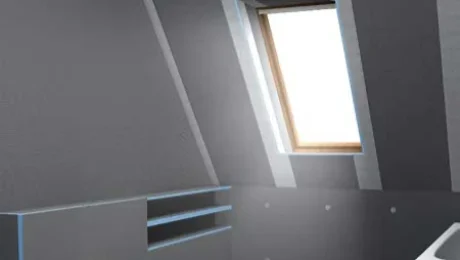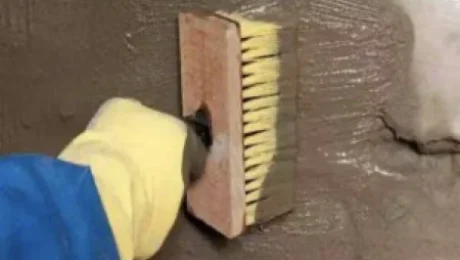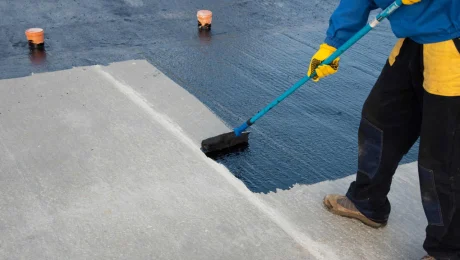The importance of waterproofing in buildings – BUILDINGS WITHOUT WATERPROOFING VERTICAL GRAVES” Stating that non-waterproof buildings are almost “vertical graves” because of their rusting and rotten foundation irons, they are easily destroyed in an earthquake, Civil engineer Denizhan barber said: “After the earthquake, 79 percent of 55,651 residences and workplaces inspected by the Istanbul Metropolitan
1. Wet Areas Waterproofing Waterproofing wet areas such as toilets, bathrooms, kitchens and balconies is critical due to the constant use of water. Leakage points are weak areas such as wall joints, joints between cisterns and pipes, and faulty pipe materials that corrode. If moisture spreads from the floor or walls to the concrete, it
1. Cement Based Waterproofing Material The construction of cement-based waterproofing is considered a trouble-free waterproofing method. It is very easy to mix and use materials for cement-based waterproofing. This method is often preferred for interior wet areas such as bathrooms and toilets. This system is a two-component mix typically used behind tile, on wall patches,
Type A waterproofing protection is defined as a barrier and is applied externally, bonded internally or sandwiched between two structural members. Type A barriers are usually applied in advance, ie before the concrete is placed. Type A barriers can also be bonded membranes, elastomeric resin (acrylic) or cement based waterproofing materials. A common material for
What are the waterproofing materials; these materials should be selected according to several criteria. The materials chosen should be appropriate for the amount of foot traffic the area receives. If the area is a high pedestrian traffic area such as a commercial or industrial building, you should make sure to choose the most durable waterproofing

 Türkçe
Türkçe 


